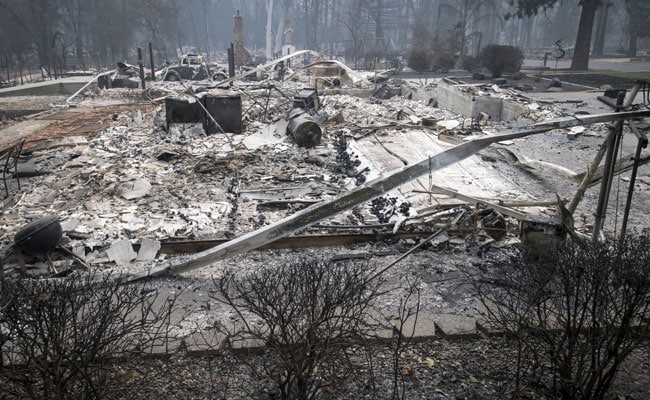Whether one talks about the floods that ravaged North India, or the typhoon Lekima in China, or the Australian wild bushfires, the fires that rocked California recently or even the Hurricane Dorian in the United States- the world has, time and again, got reminders about the peril danger of messing with the nature. Or, in other words, as one might put it- about the failure of not understanding the gravity of the situation that is Climate Change.
But while many will see the economic cost of having not adapted to climate change, which for instance in the case of the above runs into tens of billions of dollars, there’s a human side to it. The failure of cities, as noted by a prominent not for profit CDP in its latest report, will see millions facing the direct risk of climate change, the great nadir of our times.
So what is the main concern that our world’s cities face at this time with climate change staring them directly in the eye?
The fact is that the failure to adapt and make provisions for change, especially where it comes to mega urban areas is what exposes the cities of the world to the ‘would-be’ threats that lay at some distance but are sure to strike. At least, that’s the sense that one gathers upon reading the CDP report.
It duly highlighted the fact that at the moment, much of the world has come to inhabit the urban areas of a country. And it is these fast-expanding urban areas that house nearly half of the world’s population. Yet, truth certainly is that hundreds of cities have absolutely no climate adaptation plans, despite having evidenced in first hand, devastations like floods, wildfires, typhoons et cetera.
As the planet continues to get warm, day after day, the worst fears remain for the marginalised and the deprived who do not have the luxury of being safely guarded in the four confines of a home.
The CDP report was encapsulated by the revered NDTV that happened to share the following in its understanding of the not-for-profit’s finding:
CDP, a global non-profit that collects data disclosed by companies, cities, states and regions on environmental impact, analysed over 800 global cities and found that 43 percent do not yet have a plan to adapt to the challenges of climate change.
With more and more people drawn to live in urban areas, CDP estimated that by 2030 around 400 million people will be living in poorly prepared cities.
“The urgent need to act and have adaptation measures in place to keep the citizens safe, is increasing together with (the growing urban population),” said Mirjam Wolfrum, CDP’s Policy Director for Europe.
That being said, there are more troubles that are being thrown at mankind by ecological imbalances. For example, take the case of water scarcity. At all these times where the world’s most urbanised zones are already facing the ire of a planet warming by endless industrial activity, there’s the impending water crisis that’s yet to strike with maximum impact.
Moreover, the very fact that not less than 93 per cent of the world’s cities are facing what the report described as ‘significant threats’ in lines with climate change compels one to imagine a future that’s not looking so bright. Today, our world’s cities are solely responsible for 70 percent of the global emissions.
Can one get some respite with putting into increased usage solutions like renewable energy?


